Free Tropical Runtz seeds on orders over $150!
Farmers have been using F1 hybrid genetics to generate more consistent, resistant, and productive plants for decades. Cannabis growers may now cultivate real F1 hybrid cannabis seeds. These strains are genetically stable, generate more cannabinoids and terpenes, and have higher yields. Here is everything to know about F1 hybrids.
So, what exactly are F1 hybrid cannabis seeds? These seeds give unprecedented consistency and stability in the world of cannabis production, thanks to some significant genetic discoveries. Also, such consistency and dependability provide high-quality content, massive harvests, and improved disease and insect resistance. In contrast to traditional strains, F1 hybrid seeds produce plants with nearly similar features in terms of growth and terpene production. The three terms listed below will assist you in better understanding the concept of F1 cannabis hybrids.
Cannabis plants, like humans, inherit genes from their parents that determine their biological characteristics. Heterozygosity happens when two different genes code for one trait. For example, suppose a cannabis breeder mixes a purple-colored plant with a green-colored one. The heterozygous progeny will inherit two color-coding genes: green (increased chlorophyll expression) and purple (higher anthocyanin expression).
As a result, these plants will be unstable because some specimens will express the green gene while others will exhibit the purple gene. This is an oversimplified example since environmental variables also play a role in plant color, but it illustrates how frequently crossbreeding works.
Homozygosity indicates the opposite. Crops inherit two genes that code for the same trait rather than two separate genes that code for different attributes (one from each parent). Using color as an example, if the breeder seeks a purple color in the offspring, the crops will be bred to inherit two genes that both code for a high concentration of anthocyanins. As a result, the offsprings are more stable because they will always be purple. Producing homozygous plants allows breeders and producers to generate a more uniform and stable crop, resulting in more consistent and desired outcomes.
Although inbreeding provides exceedingly consistent and stable genetics, it eventually leads to inbreeding depression. This phenomenon is characterized by a decrease in crop vitality, performance, and resistance. However, crossing plants from two separate inbred lines (IBLs) restores the genetics within the offspring. This trait, known as hybrid vigor (or heterosis), relates to F1 hybrids’ increased biomass, disease resistance, and productivity.
With a promise of unmatched consistency and outstanding results with exceptional properties in every harvest, F1 hybrid attributes include fast-flowering, adequate yields, and greater resilience to stress and uniformity. Let’s look at three ways F1 hybrid cannabis seeds outperform regular seeds:
Lighting, nutrients, and even the size of the pot may all have an impact on the eventual result of a cannabis plant. However, every cannabis strain is genetically inclined to generate yields within a certain range. Every plant in an F1 hybrid seed is chosen to provide the highest yield. As the saying goes, the higher the yield, the higher the reward.
Medical patients will benefit from the F1 hybrid seeds’ consistent cannabinoid and terpene compositions. One of the benefits of synthetic cannabinoid therapy, such as Dronabinol, is that it provides continuous cannabis administration, which some patients find beneficial for their health conditions. This provides patients with peace of mind since they may be certain that the cannabis concentration of their care will always be constant.
The new F1 hybrid cannabis seeds are auto-flowering, which means that the plants will begin to bloom on their own after two to four weeks of development. This is useful for producers since it eliminates the need to change the light schedule to commence and sustain the plant’s blooming phase.
The F1 hybrid breeding method begins similarly to that of traditional strains; breeders start with a rough notion of what they want to generate, defining specific goals and spending the course of the project teasing out and refining the desirable qualities in the parent IBLs. For example, one breeder may determine that maximal cannabinoid and terpene concentrations are the most important. At the same time, another group may want to make a tiny, compact, yet prolific F1 appropriate for covert indoor growth.
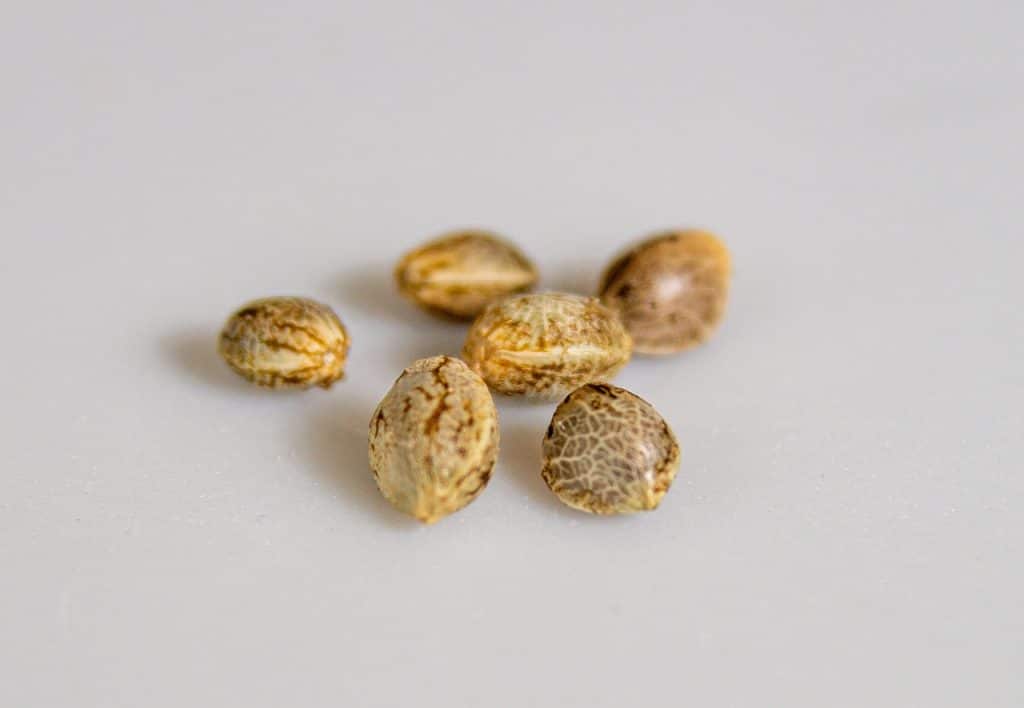
Additionally, genotypes that are resistant to certain pests and illnesses are highly valued as well. To attain any of these desirable outcomes, breeders must begin with parent strains that show significant potential.
After settling on your ultimate aim, you must look for parent strains that exhibit at least some of the features they want their offspring to exhibit. For example, choosing a particularly powerful cultivar will aid in creating a high-quality F1 cannabis hybrid. This principle applies to any attribute, including convenient size, productivity, disease and insect resistance, trichome density, color, plant structure, and low sugar leaf output. Only qualities that exist in the parents can be optimized in the offspring.
Two parent strains are required to produce a progeny. Crossing two specimens from different IBLs results in a consistent generation of F1 hybrids with qualities from both parents. However, to give an F1 with hybrid vigor, breeders must cross two genetically diverse IBLs to counteract inbreeding depression in the progeny.
As a result, breeders produce two distinct IBLs and concentrate on creating distinct features in each. Before crossing a male and female from different IBLs, they may focus on color and size in one IBL while doubling down on disease resistance in the other.
Nothing matches the productivity and homogeneity of F1 hybrid cannabis strains. However, there are constraints while developing these cultivars. Breeders cannot generate novel F1 hybrids with unusual colors not already observed in the cannabis or with terpene levels and quality that plants are incapable of biosynthesizing. Furthermore, breeders cannot genetically modify plants to produce novel growth patterns that are only possible through training strategies such as topping cannabis and LowStress Training.
If you cultivate cannabis and routinely visit online seed banks to obtain seeds, you’ve heard the word “hybrid” long before F1 genetics. You’ve probably seen breeders identify their strains as F1, F2, F3, and so on. While these are technically hybrids, they are not the same as actual F1 cannabis hybrids. They are all polyhybrids since they are all descended from hybrid parents.
Polyhybrids have substantially more genetic variety than genuine F1s, resulting in offspring with a reasonably wide range of features. They lack hybrid vigor since they are not descended from IBLs. The significant distinctions between F1 hybrid cannabis seeds and typical hybrid strains are detailed below.
F1 hybrid cannabis seeds provide exceptional performance. You may rest easy knowing that every seed you plant will develop into almost identical phenotypes with the same size, structure, quality, resistance, and phytochemical profile.
Conversely, traditional polyhybrids are more of a genetic roulette game. Sure, each plant will have a similar genetic thread, but each individual phenotypic will differ—even if they came from the same parents. Also, polyhybrid strains are more susceptible to disease and do not consistently generate significant yields.
Depending on the producer, the breeding method for classic hybrid cannabis strains differs. Others begin with genetically unstable multi-generational polyhybrids, while others begin with reasonably stable heritage genetics.
Some breeders go out of their way to “pheno hunt” and backcross to keep their genetics as stable as possible. However, no polyhybrid strains on the market can compete with pure F1 hybrids in terms of stability. Because of the severe inbreeding necessary to develop them, the latter has this feature.
Professional horticulturists, farmers, and home vegetable producers have had access to F1 hybrid crops for decades. Take a moment the next time you walk into a store to note how consistent the apples, carrots, pears, and squashes seem; they’re all F1 hybrids!
Why? Because cultivating the most consistent, resistant, and prolific plants makes financial sense for growers. Farmers had to settle with unstable and unproductive polyhybrids or genetically stable traditional varieties that aren’t as robust owing to inbreeding depression before the arrival of F1 crops.
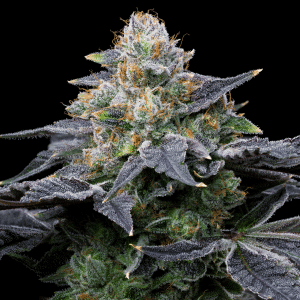
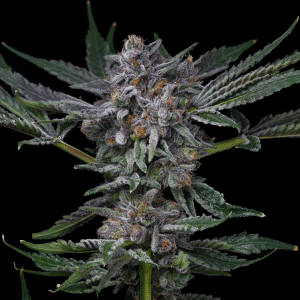
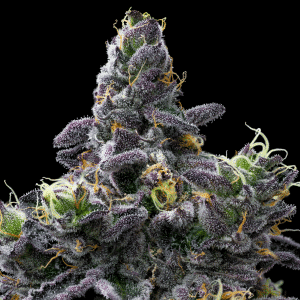
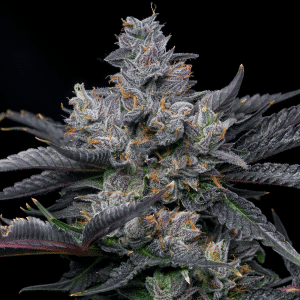
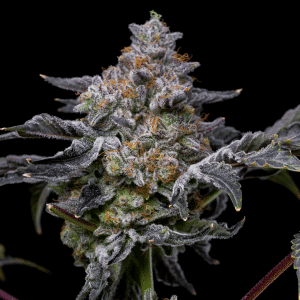
Offers
This product is not for use by or sale to persons under the age of 18. This product should be used only as directed on the label. It should not be used if you are pregnant or nursing. Consult with a physician before use if you have a serious medical condition or use prescription medications. A doctor’s advice should be sought before using any hemp products. All trademarks and copyrights are property of their respective owners and not affiliated with nor do they endorse this product. These statements have not been evaluated by the FDA. This product is not intended to diagnose, treat, cure or prevent any disease. By using this site you agree to follow the Privacy Policy and all Terms & Conditions printed on this site. All products contain less than 0.3% Cannabinoid-compliant with applicable Federal Laws. Please make yourself aware of any and all applicable laws regarding hemp in your jurisdiction. Premium Cultivars accepts no liability or responsibility regarding germination laws in any specific locale state or national jurisdictions.THCA products are not available for shipment to the following states: Hawaii, Idaho, Minnesota, Oregon, Rhode Island, Utah, Vermont *Note: Products with Total THC content above 0.3% must not be shipped to these states.
We want to help you get your hands on the seeds you want, take 20% off your next purchase when you enter your email below!
We want to help you get your hands on the seeds you want, take 20% off your next purchase when you enter your email below!